Teach Like a Human
Teach Like a Human
Essays for Parents and Teachers
Miriam Hirsch
ROWMAN & LITTLEFIELD
Lanham Boulder New York London
Published by Rowman & Littlefield
An imprint of The Rowman & Littlefield Publishing Group, Inc.
4501 Forbes Boulevard, Suite 200, Lanham, Maryland 20706
www.rowman.com
6 Tinworth Street, London SE11 5AL, United Kingdom
Copyright 2020 by Miriam Hirsch
All rights reserved. No part of this book may be reproduced in any form or by any electronic or mechanical means, including information storage and retrieval systems, without written permission from the publisher, except by a reviewer who may quote passages in a review.
British Library Cataloguing in Publication Information Available
Library of Congress Cataloging-in-Publication Data
Names: Hirsch, Miriam, 1968 author.
Title: Teach like a human : essays for parents and teachers / Miriam Hirsch.
Description: Lanham : Rowman & Littlefield, [2020] | Includes bibliographical references and index. | Summary: Written for parents and teachers this is a collection of essays focused on educating children to care about themselves, their communities, and the world we share Provided by publisher.
Identifiers: LCCN 2020010341 (print) | LCCN 2020010342 (ebook) | ISBN 9781475857214 (cloth) | ISBN 9781475857238 (epub)
Subjects: LCSH: Education, Humanistic. | Moral education. | EducationParent participation.
Classification: LCC LC1011 .H53 2020 (print) | LCC LC1011 (ebook) | DDC 370.11/2dc23
LC record available at https://lccn.loc.gov/2020010341
LC ebook record available at https://lccn.loc.gov/2020010342
 TM The paper used in this publication meets the minimum requirements of American National Standard for Information Sciences Permanence of Paper for Printed Library Materials, ANSI/NISO Z39.48-1992.
TM The paper used in this publication meets the minimum requirements of American National Standard for Information Sciences Permanence of Paper for Printed Library Materials, ANSI/NISO Z39.48-1992.
To my husband, David Hirsch
Preface
This is not the preface I thought I would write: COVID-19 has changed everything. Teaching went online, parenting went 24/7, and work/home boundaries dissolved routines, schedules, and professional personas. The shifts have affected mental health, social-emotional stability, career growth, and basically planning anything. In sum, the future doesnt bear as much similarity to the past as it once did.
The questions that encompass teaching likewise poke holes in taken for granted ways of knowing and doing. Do we prepare teachers exclusively for teaching in remote online classrooms or continue to think of physical environments and synchronous instruction? Should parents assume more responsibility for social skill development and relationship-building practices because conflict resolution and collaboration in distance-learning contexts do not clearly support meaningful behavioral change?
The questions persist and the uncertainties grow. The anxiety is confusing and challenging for all people of all ages. At the end of the day, what can we do but teach like a human, full of hope, full of fear, full of doubt, full of drive, and full of love.
My favorite math problem comes from ninth grade geometry class and it goes something like this....
If you cut two lengths of wood from one piece and then you compare the measurements, they are not the same. Why?
It stumped me as a ninth grader. I didnt know what the text was asking and it didnt seem like any other math problem that I had ever encountered.
The answer is sawdust.
This is the only math problem from K12 mathematics instruction that I can recall vividly, and I have often considered it when I think about teaching like a human. There is always something small, subtle, and vitally important that is overlooked but affects change significantly. Whatever we do has an effect, and that effect influences something else. Ray Bradbury (1953/2008) plays with this message in his famous short story, A Sound of Thunder. In the classic tale, the protagonist goes back in time, steps on a butterfly, and returns to a very different present. We are now in a very different present and we didnt even have to go back in time.
Choices narrow or expand opportunities. In learning, it is not only that every action has a reaction, but that every choice changes the learning environment. The point is the choices still matter. Teaching like a human still means relationships, smiles, generous but patient feedback, or, for example, the idea that birdsong trilling from an open window has the power to inform our consciousness, bring music to our soul, and inspire drawings, poetry, or the construction of a bird feeder. Teaching and learning will always matter, and parents and teachers need to partner to do this sacred work. May our choices anchor the growth of our children and students, and bring light, joy, and inspiration to the world they inherit.
Miriam Hirsch
July 2020
Note
Bradbury, R. (2008). A Sound of Thunder. In The golden apples of the sun &
other stories (pp. 11326). Doubleday (originally published 1953).
Introduction
Educating children requires intelligence, compassion, creativity, and, above all, artistry. As Horace Mann (cited in Cremin, 1957, p. 21) reminds, Teaching is the most difficult of all arts, the profoundest of all sciences. The push/pull tension between scientific researchbased educational interventions and artistic intuition of teachable moments is a familiar struggle. In the early 1900s, John Dewey debunked either-or thinking that pitted traditional education against progressive education. Our current climate has returned to such illogical conflicts. High-stakes accountability measures and standards-based teaching strategies will never solve the problem of teaching all children according to their needs. Children need strong relationships, positive role models, good friends, and high expectations from people who care about helping them achieve. Physical, social, and emotional health are likewise important aspects of human development. It truly all matters. And, while research-based theory will not remediate every issue parents or teachers will face, theory does advance thinking and enable stronger choices. The situation is indeed daunting. As Ethics of the Fathers (2:21) states, It is not up to you to complete the task, but you are not free to desist from it.
The purpose of this book is to illuminate how small moments with our children and students can matter in profound ways, and how parents and teachers can galvanize experiences and interactions to deepen character, insight, empathy, and joy in the people and things around us. To teach like a human means to teach with wide-awakeness, the Maxine Greene term for the highest degree of consciousness. The teacher herself has to be alive. The teacher herself cant come in the room with the problem of Hamlet already solved. I think she has to come in with the same open questions, with the same wonder that children will feel (Greene, 2012, p. 180).
To teach like a human means to keep in mind the deep responsibility of educators to raise the next generation to care about themselves, their communities, and the world around them.
Why does that family of cardinals seem to return to our yard every year?
Who makes up new words and how do words get retired?
Why do I have to be the one to go over and be nice first?
This book focuses on qualitative aspects of human life for teachers and parents to nurture without surplus resources. Based on her work in an undergraduate preservice educator preparation program, K12 teaching experience, mentoring new teachers, and lived experiences of childhood and childrearing, the author examines the craft of education and makes recommendations for how to think about pedagogy as the pursuit of humanity. This collection of essays reorients thinking about education for life not just for access to the next schooling tier. Education for life evokes John Dewey (1938/1977, p. 48): The most important attitude that can be formed is that of desire to go on learning. And learning is never unidirectional; parents and teachers will need to consciously learn from children and students for learning to be successful.
Next page
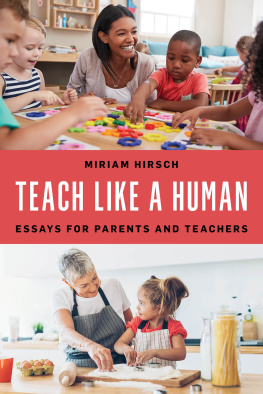
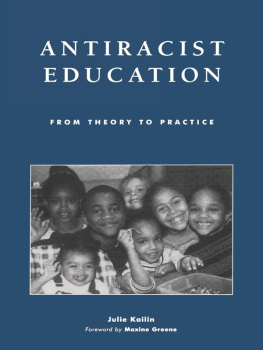
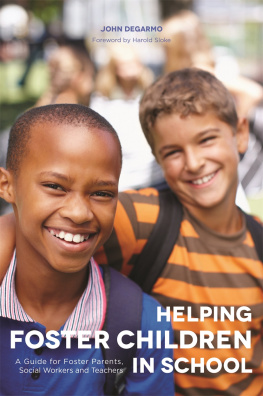

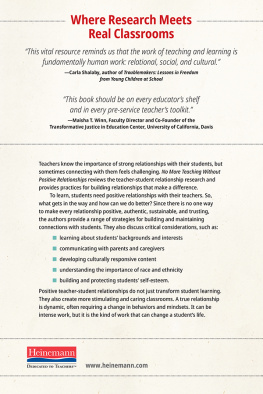
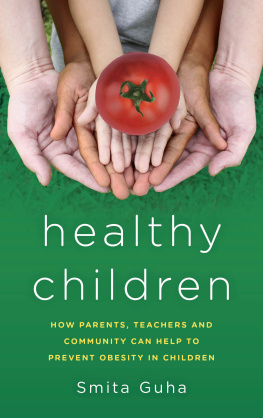



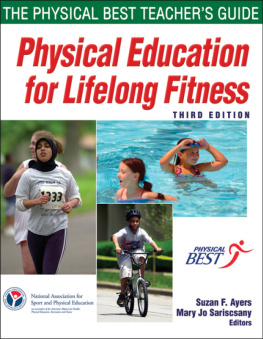
 TM The paper used in this publication meets the minimum requirements of American National Standard for Information Sciences Permanence of Paper for Printed Library Materials, ANSI/NISO Z39.48-1992.
TM The paper used in this publication meets the minimum requirements of American National Standard for Information Sciences Permanence of Paper for Printed Library Materials, ANSI/NISO Z39.48-1992.